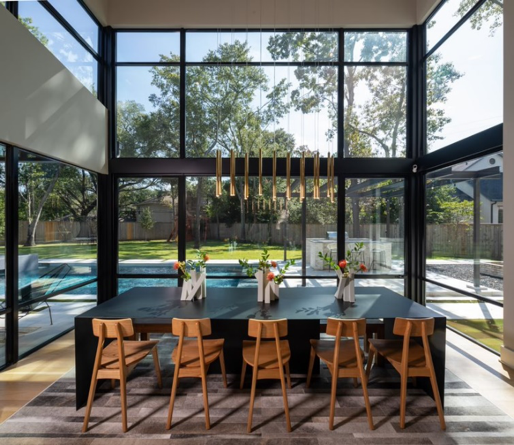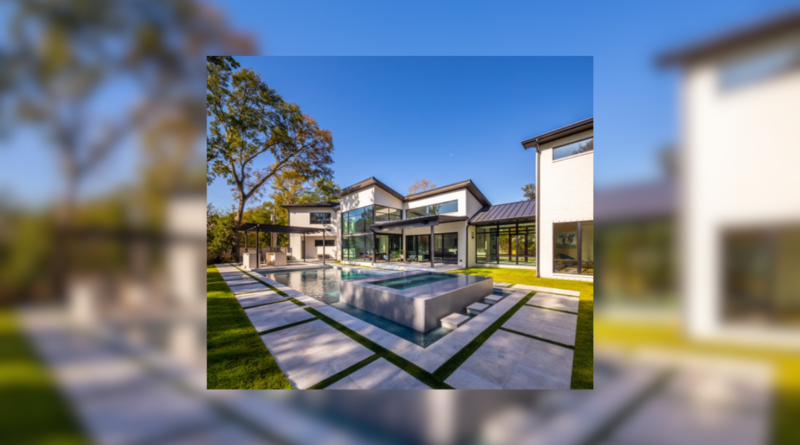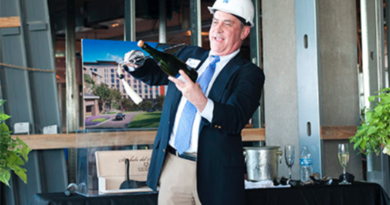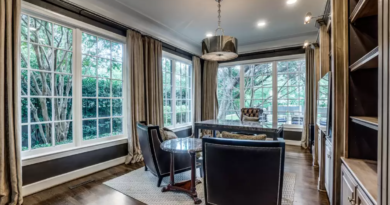What Does It Mean to Build Healthy and ‘Green’?
By: Sherry and Paul Zuch
The terms “green building,” “sustainability,” and “healthy building” have been at the forefront of our society in recent years and are directly related to one another in the context of building and remodeling homes.
You may ask yourself, what’s the difference between these practices, and why should it matter to me?
First, let’s explore the definitions of each to understand the differences better, and then we’ll talk about their impact on our daily lives.
Green building focuses on building performance standards designed to reduce energy and water consumption and positively impact the environment and climate. Examples include high-performance windows, high-efficiency HVAC equipment, tankless water heaters, spray foam insulation, low-consumption plumbing fixtures, and LED lighting. Dallas was one of the first major cities in the nation to pass comprehensive green building standards for both new residential and commercial construction.
Sustainable building shares many of the same environmental impact goals as green building but focuses more on renewable resources — recycling, conservation of natural resources, renewable energy, and longevity. Consider a remodel vs. tear down, specifically recycled materials, engineered lumber, solar power, rainwater harvesting, and re-purposing.
Healthy building focuses on the health and well-being of the people who live in the homes we build and remodel. This includes indoor air quality, low or zero volatile organic compounds (VOC) products, circadian light rhythms, and a more holistic approach to building.
Green design focuses more on the environmental aspects. Sustainable design is a broad ideology that considers social, environmental, performance, and financial implications. Healthy building design focuses more on the people living or working in the home or office.

Now that we understand these terms better let’s talk about why this may be important if you’re planning on building or renovating a house. Ask yourself whether any of these issues are important to you and how to incorporate them into your building project.
Here are five recommendations before beginning the design process:
Note any family members with health issues like asthma, allergies, compromised immune systems, etc., that may be negatively impacted by the outgassing of VOCs.
Let your design team and builder know what’s important to you early in the design process.
Ask your team to make suggestions based on their experience and knowledge.
Ask how these eco-friendly options might affect your budget and completion timelines if you pursue them.
Inquire about the return on investment regarding potential energy savings, lower maintenance costs, tax incentives, and rebates.
Many eco-friendly products are more expensive than commonly used products and can have longer lead times. It is important to understand the potential impact of these choices if implemented.
Sherry and Paul Zuch are partners with Alair Homes Dallas|Zuch, a building, remodeling, and renovating company. Visit www.alairzuch.com.







